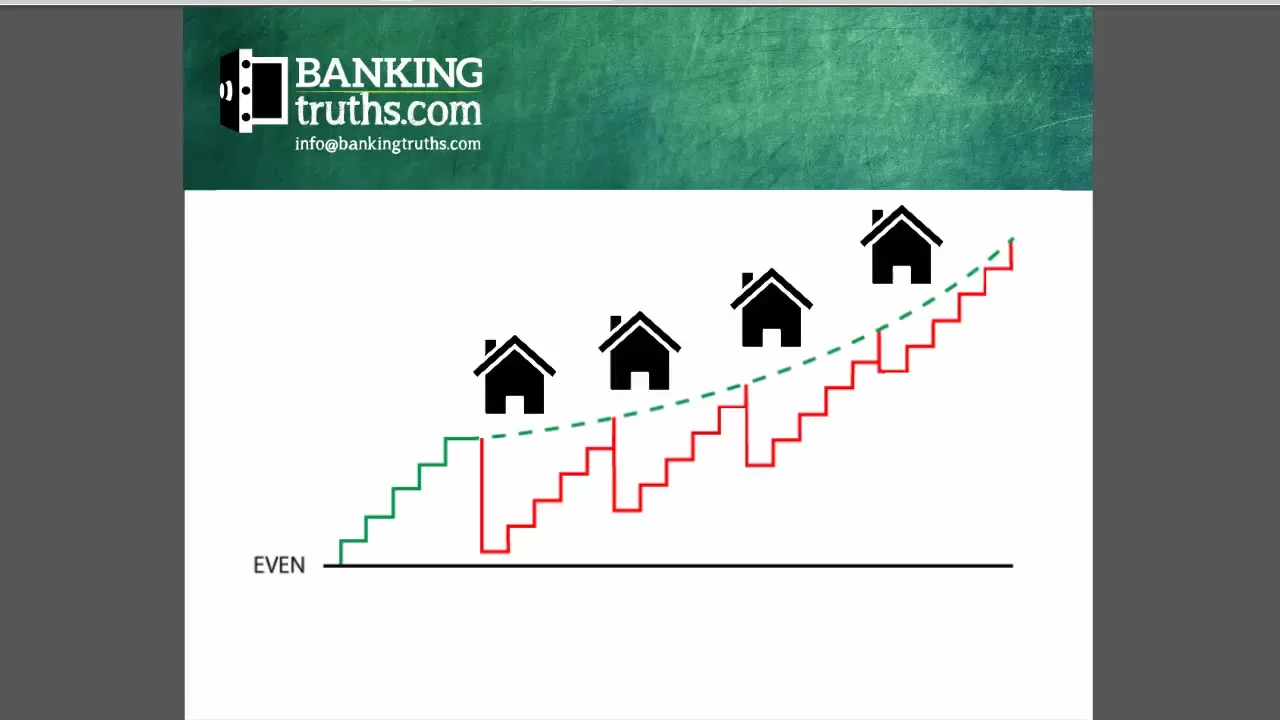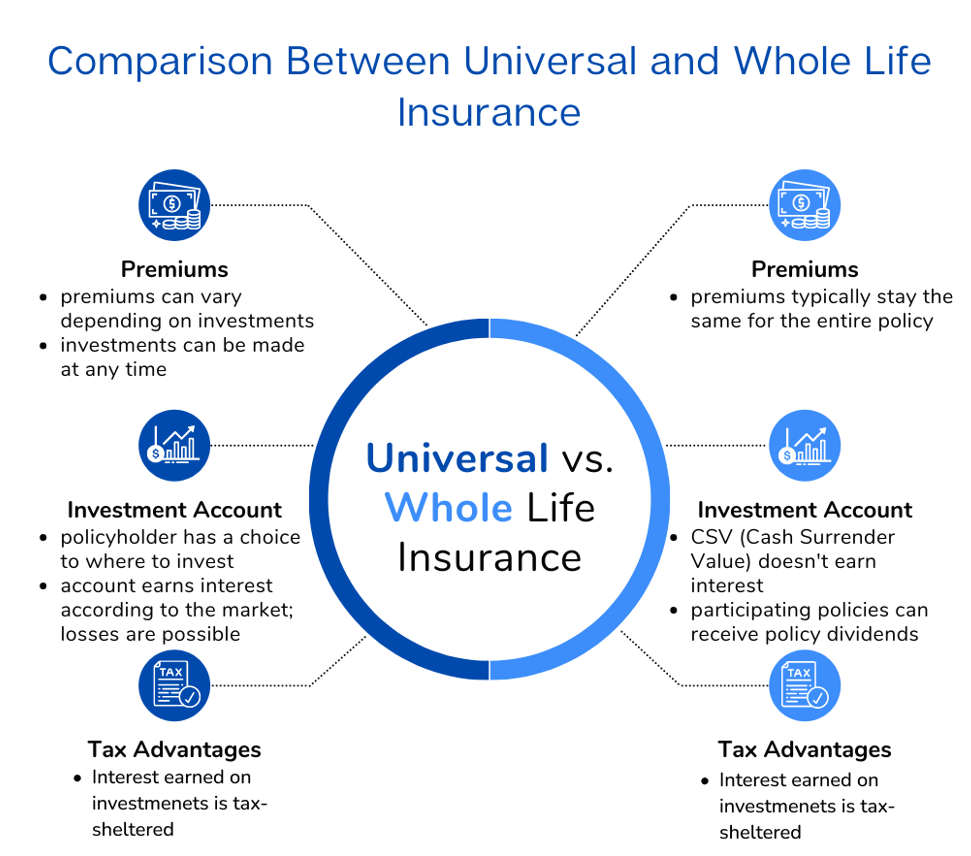All Categories
Featured
Table of Contents
The disadvantages of boundless financial are typically ignored or not stated in all (much of the details readily available concerning this idea is from insurance agents, which may be a little prejudiced). Just the money worth is growing at the reward rate. You also have to pay for the cost of insurance policy, costs, and expenditures.

Every permanent life insurance coverage policy is various, but it's clear someone's overall return on every dollar invested on an insurance policy product can not be anywhere close to the returns price for the plan.
Infinite Banking Insurance
To offer an extremely basic and hypothetical example, let's assume someone has the ability to make 3%, usually, for every single dollar they invest on an "limitless banking" insurance coverage product (besides expenses and fees). This is double the approximated return of entire life insurance coverage from Consumer Reports of 1.5%. If we presume those dollars would certainly be subject to 50% in tax obligations total if not in the insurance policy product, the tax-adjusted price of return can be 4.5%.

We presume more than ordinary returns overall life product and an extremely high tax obligation rate on dollars not put into the plan (that makes the insurance policy item look better). The reality for numerous people may be even worse. This pales in contrast to the long-term return of the S&P 500 of over 10%.
Limitless banking is a wonderful item for agents that market insurance coverage, yet may not be optimal when compared to the less costly alternatives (without any sales people earning fat compensations). Right here's a malfunction of some of the other supposed benefits of unlimited financial and why they may not be all they're gone crazy to be.
Unlimited Banking Solutions
At the end of the day you are buying an insurance product. We like the security that insurance policy uses, which can be obtained much less expensively from an affordable term life insurance coverage policy. Overdue finances from the policy might likewise lower your death benefit, lessening another degree of security in the policy.
The principle only works when you not only pay the substantial costs, yet make use of added money to purchase paid-up additions. The possibility cost of all of those bucks is incredible very so when you might instead be buying a Roth IRA, HSA, or 401(k). Even when compared to a taxed financial investment account or perhaps a cost savings account, limitless banking might not provide equivalent returns (contrasted to spending) and comparable liquidity, accessibility, and low/no fee structure (compared to a high-yield financial savings account).
With the increase of TikTok as an information-sharing system, financial advice and strategies have actually discovered an unique way of spreading. One such approach that has actually been making the rounds is the boundless banking idea, or IBC for short, amassing endorsements from celebrities like rapper Waka Flocka Fire. Nonetheless, while the approach is currently preferred, its origins trace back to the 1980s when economist Nelson Nash introduced it to the globe.

Within these plans, the money value grows based upon a rate established by the insurance firm. Once a substantial cash money value gathers, policyholders can get a money worth loan. These finances vary from standard ones, with life insurance policy serving as collateral, suggesting one can lose their insurance coverage if borrowing excessively without sufficient cash value to support the insurance policy prices.
Infinite Banking Concept Canada
And while the allure of these policies is obvious, there are natural limitations and threats, necessitating thorough money worth monitoring. The technique's legitimacy isn't black and white. For high-net-worth people or local business owner, especially those using strategies like company-owned life insurance policy (COLI), the advantages of tax breaks and compound growth could be appealing.
The attraction of limitless financial doesn't negate its difficulties: Cost: The foundational need, a long-term life insurance policy plan, is costlier than its term equivalents. Qualification: Not everyone gets approved for whole life insurance policy because of strenuous underwriting procedures that can omit those with certain health and wellness or way of living problems. Intricacy and threat: The complex nature of IBC, combined with its risks, may hinder lots of, specifically when simpler and less risky options are available.

Designating around 10% of your monthly earnings to the plan is just not viable for most people. Part of what you read below is just a reiteration of what has currently been claimed over.
So before you obtain right into a scenario you're not prepared for, recognize the adhering to first: Although the idea is commonly offered therefore, you're not in fact taking a loan from on your own - infinity life insurance. If that held true, you wouldn't have to settle it. Instead, you're borrowing from the insurer and have to repay it with passion
Infinite Banking Concept Book
Some social media messages advise making use of cash worth from whole life insurance coverage to pay down credit history card financial debt. When you pay back the funding, a portion of that interest goes to the insurance policy firm.
For the initial several years, you'll be repaying the commission. This makes it extremely challenging for your policy to build up value during this time around. Whole life insurance policy costs 5 to 15 times more than term insurance policy. Many individuals just can not afford it. So, unless you can afford to pay a few to numerous hundred bucks for the following decade or more, IBC won't work for you.
Not every person should count solely on themselves for economic safety. If you call for life insurance, below are some important ideas to think about: Consider term life insurance coverage. These policies provide insurance coverage throughout years with considerable monetary commitments, like mortgages, trainee lendings, or when caring for children. Make certain to search for the finest price.

Infinite banking is not a service or product used by a certain organization. Boundless banking is an approach in which you buy a life insurance plan that builds up interest-earning cash money worth and obtain financings versus it, "borrowing from yourself" as a resource of capital. Eventually pay back the funding and begin the cycle all over once again.
Pay plan premiums, a section of which builds cash worth. Cash value earns compounding rate of interest. Take a funding out versus the policy's cash value, tax-free. Pay off loans with rate of interest. Cash value builds up again, and the cycle repeats. If you utilize this principle as intended, you're taking money out of your life insurance policy policy to buy everything you 'd require for the remainder of your life.
Latest Posts
Banking Concepts
Whole Life Insurance For Infinite Banking
Infinite Banking Concept Pros And Cons